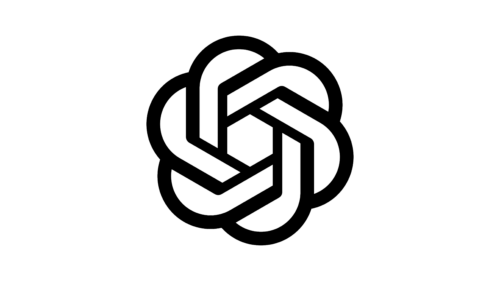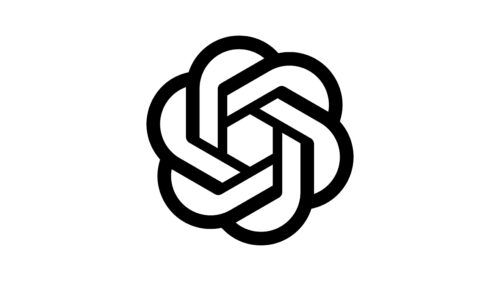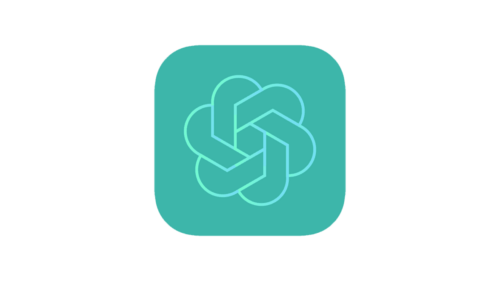ChatGPT is a chatbot released in late 2022 by OpenAI, a company originally co-created by Elon Musk and Sam Altman. ChatGPT won over a million users in its first week. This chatbot uses machine learning to generate responses to text prompts in a human-like manner. You should be careful about the generated text, in most cases not accurate or fictitious. The competitor is Bing Chat and other chatbots.
Meaning and history
The ChatGPT chatbot was introduced by OpenAI, a San Francisco startup that received 10 billion USD in funding from Microsoft, as big tech giants become competitive in AI. A chatbot with artificial intelligence generates responses based on user requests. The new tool has already been used in different areas: from helping with homework to writing poems. However, some see ChatGPT as a direct threat to Google’s search business, in which the corporation has been a leading player for years.
ChatGPT is powered by Reinforcement Learning with Human Feedback (RLHF), which is an additional layer of training that involves humans to help ChatGPT gain the ability to follow directions and generate responses that will seem human to people.
The bot has been trained through the use of a variety of data, including books, articles, and regular conversations, with the chatbot being able to understand different topics and contexts. A neural network can understand a query with a few words and immediately give a ready answer.
ChatGPT has several options and features that make it different from any other application. First, the service has a “memory” – it remembers the details of the conversation, and is able to return to them. Secondly, the chatbot avoids answering controversial topics – it does not express an opinion on race and religion. ChatGPT can change his answers – if the bot answers incorrectly, you can tell him about it, and the neural network will reconsider its vision.
What is ChatGPT?
ChatGPT is a chatbot developed by OpenAI in 2022 and was the first multitasking AI to be available to anyone. Software is capable of dialog, searching for errors in code, and much more. ChatGPT differs from other neural networks in its ability to perform tasks from different areas.
In terms of visual identity, ChatGPT is both simple and progressive. The logo is based on a geometric emblem, drawn in thick lines over a solid background, which is sometimes accompanied by a modest title case inscription.
2022 – Today
The original ChatGPT logo was designed in November 2022, by the official launch of the software. The main element of the badge is a geometric figure, resembling a hexagon with rounded angles, composed of several segments, that look like chain links. The figure resembles a swirl or a vortex, which we can usually see as a symbol of the app or a page downloading. Also, the ChatGPT icon looks pretty similar to the ancient Armenian symbol of infinity, but high symbolizes eternal life and development.
The simplicity of the design is balanced by the thickness of the lines in the emblem, and the primary color palette, composed of turquoise or a sea-green for the background, and white for the lines. Sometimes the logo can be seen in monochrome, and on rare occasions, it can be accompanied by a simple medium-eight wordmark, placed under it.
Font and color
The bold black lettering from the primary ChatGPT logo is set in a modern yet simple sans-serif font, which looks pretty close to such typefaces as BB Anonym (Pro) Medium, or Arial pro Rounded Bold, with the thick clean bars, softened ends of the lines, and full-shaped and stable contours of the characters.
As for the color palette of the ChatGPT visual identity, it has two options: the traditional and timeless black-and-white, and a brighter one, composed of turquoise green and white. The first option makes the geometric badge of the software look strict and professional, while the second evokes a sense of trustworthiness and loyalty, at the same time accenting the uniqueness of the product, and its progressiveness.









